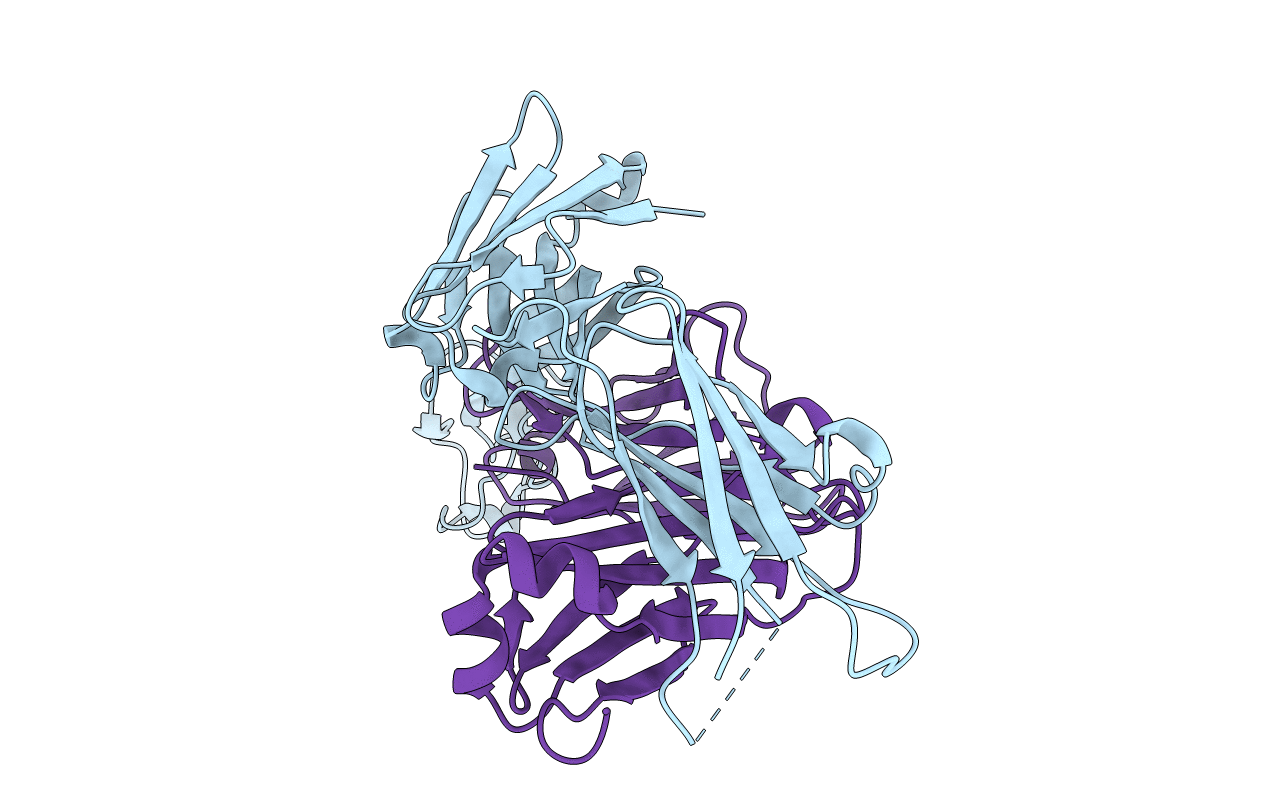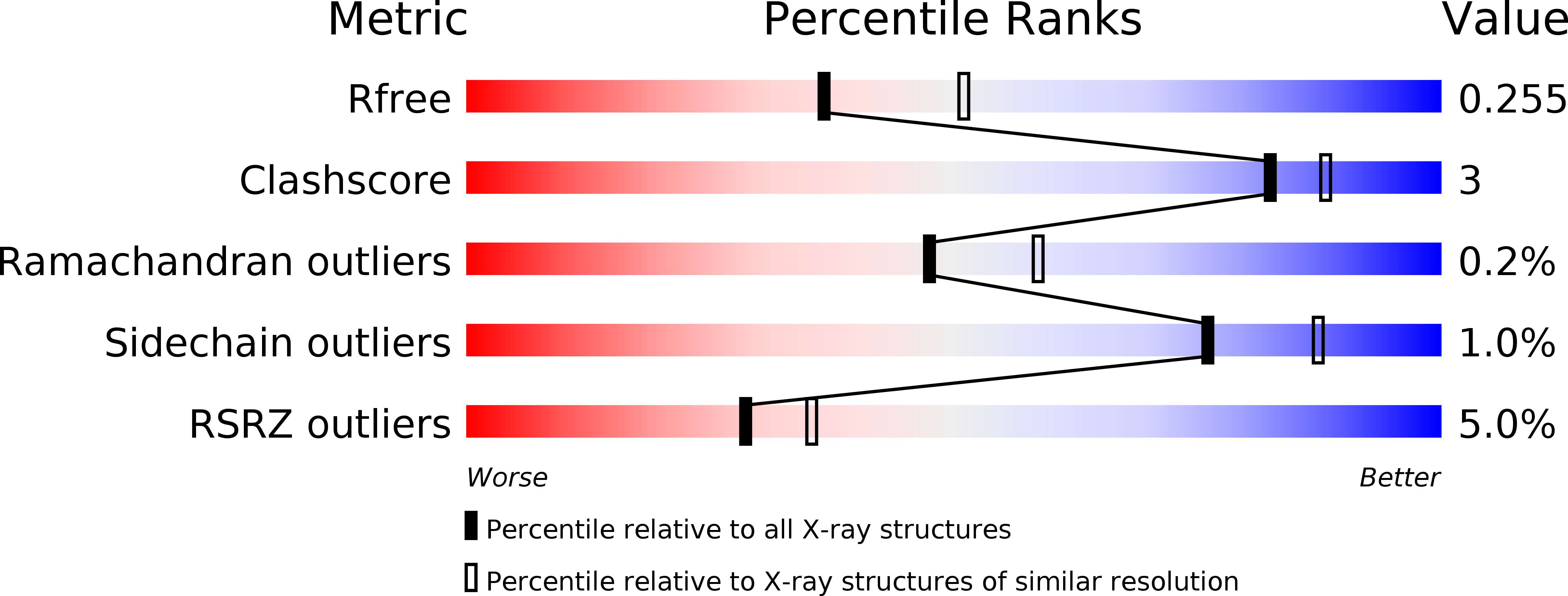
Deposition Date
2018-08-01
Release Date
2019-05-01
Last Version Date
2024-11-13
Entry Detail
PDB ID:
6E9U
Keywords:
Title:
The crystal structure of bovine ultralong antibody BOV-7
Biological Source:
Source Organism:
Bos taurus (Taxon ID: 9913)
Host Organism:
Method Details:
Experimental Method:
Resolution:
2.30 Å
R-Value Free:
0.25
R-Value Work:
0.21
R-Value Observed:
0.21
Space Group:
P 1 21 1


